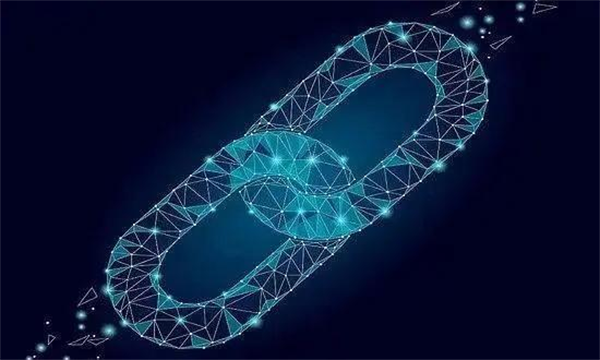Speaking of block rewards, many investors do not know much about it. In fact, block rewards are the rewards obtained by miners after solving related mathematical problems and creating new blocks through computing power. For different types of digital currencies, their area the block reward is also different. If we take Bitcoin as an example, a new block is generated about every ten minutes, and each new block is accompanied by a certain number of brand-new Bitcoins from scratch. Many investors have heard of mining rewards in addition to block rewards. So, are block rewards the same as mining rewards? What’s the difference between the two?
Are block rewards the same as mining rewards?
The block reward is the same as the mining reward. In fact, the mining reward is another way of saying the block reward. Block Reward is the reward obtained by miners after solving related mathematical problems and creating new blocks through computing power. Block rewards vary according to different cryptocurrencies.
Taking bitcoin as an example, bitcoins are mined at a definite but decaying rate, with a new block generated about every ten minutes, and each new block is accompanied by a certain number of new bitcoins from scratch; The reward is halved after 210,000 blocks, and its cycle is four years. From the initial 50 bitcoins/block when bitcoin was invented to 12.5 bitcoins/block after 2016 and will reach a total of nearly 21 million bitcoins in 2040, after which new blocks no longer contain Bitcoin rewards, miners earn all from transaction fees.
Bitcoin Cash is of great value to many digital asset proponents, and the value of Bitcoin Cash has risen sharply over the past nine months. One advantage that Bitcoin Cash proponents appreciate is the currency’s digital scarcity. There will never be more than 21 million BCH, and there are 17.1 million BCH in circulation. More than 80% of BCH has been mined since the end of April. The current computing power of BCH is 3.5~4.5 exahash/s. According to this rate, the mining reward will be halved starting on April 6, 2020, based on the computing power of these 13 mining pools alone. Miners can no longer receive the current block reward of 12.5 BCH, but only 6.25 BCH per block and a fee for packaged transactions.
What is the mining reward halving?
Mining rewards are the only issuance mechanism for Bitcoin and other imitation Bitcoins including LTC, BCH and other encrypted digital currencies. When Satoshi Nakamoto designed Bitcoin, he set a gradient every 210,000 blocks (4 years) and halved the mining reward.
Bitcoin has experienced two halving since its birth: in 2012, the mining reward was halved from 50BTC to 25BTC, and in 2016, the mining reward was halved from 25BTC to 12.5BTC until now. The next Bitcoin reward halving is expected to take place in May 2020, when the mining reward will be reduced to 7.25 BTC.
Litecoin, which was born out of Bitcoin, also has a similar halving mechanism. The mining reward is halved for every 840,000 blocks generated on the Litecoin chain. According to Litecoin’s 2.5-minute block generation rate, it is calculated that every four years is a halving cycle. Similarly, Bitcoin’s fork, BCH, will also usher in its first halving in early 2020.
From the data point of view, in fact, the halving of rewards is the main reason for the rise in the price of digital currency. If we understand it logically, the production reduction mechanism inhibits the supply of the market and will naturally increase the price. In fact, in most cases, the truth is not important. We only need to know the time of the next halving of Bitcoin. As investors, leasing mining machines for mining is less risky than buying a spot. more cost-effective.
Post time: May-29-2022

